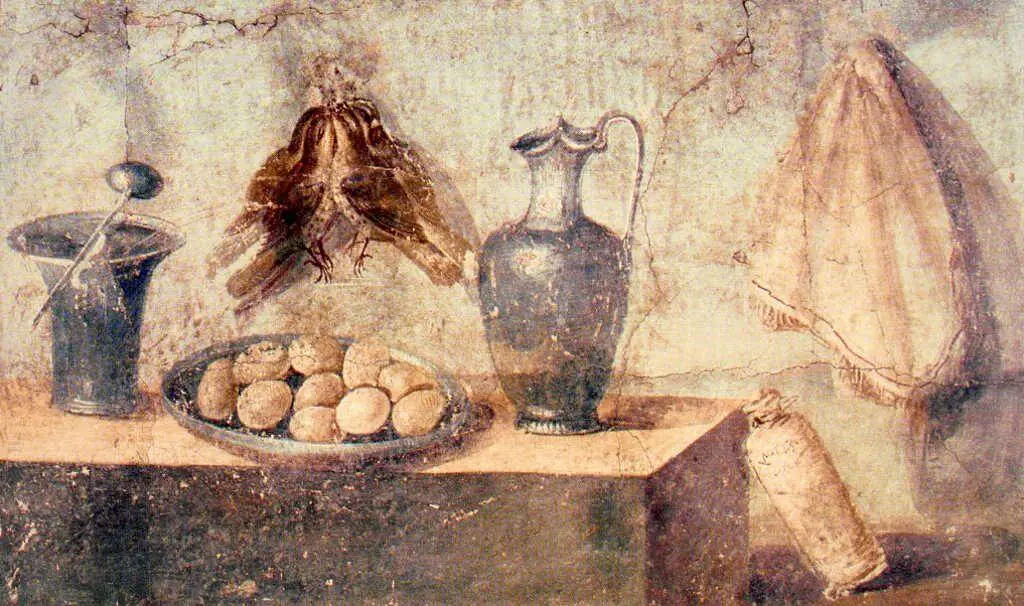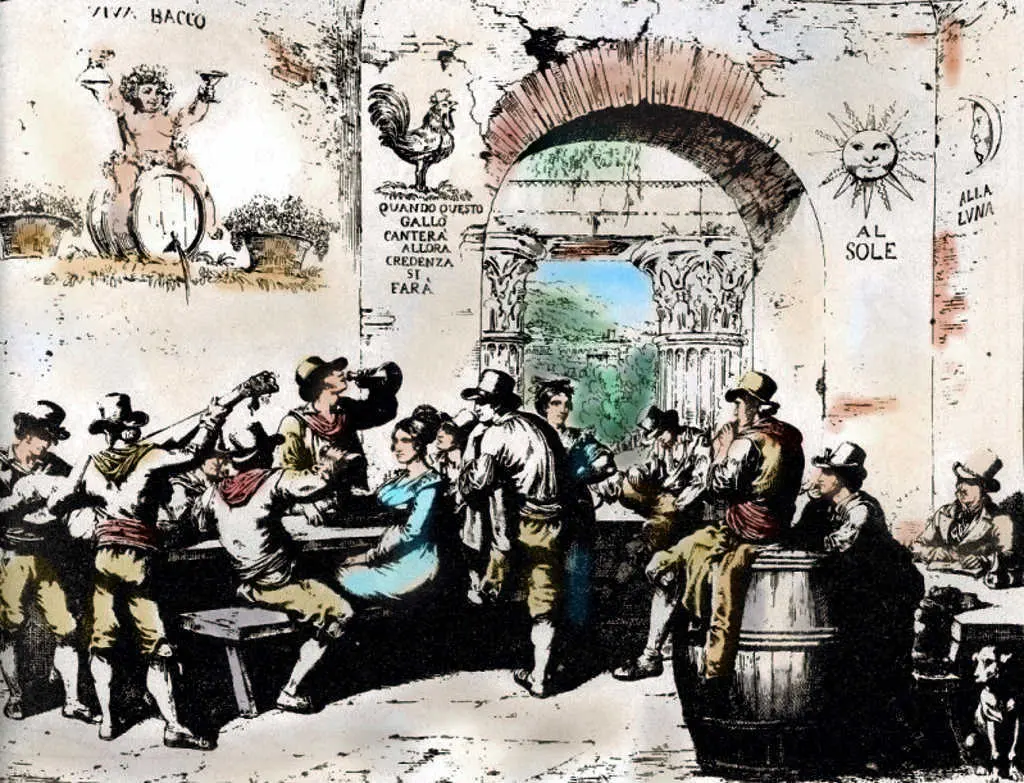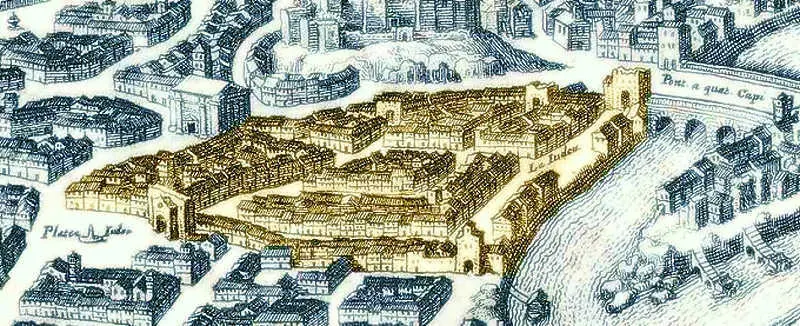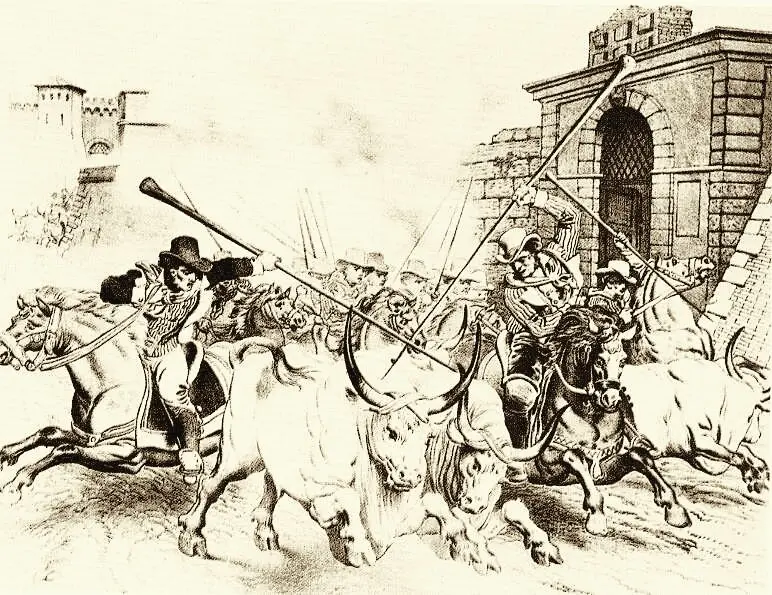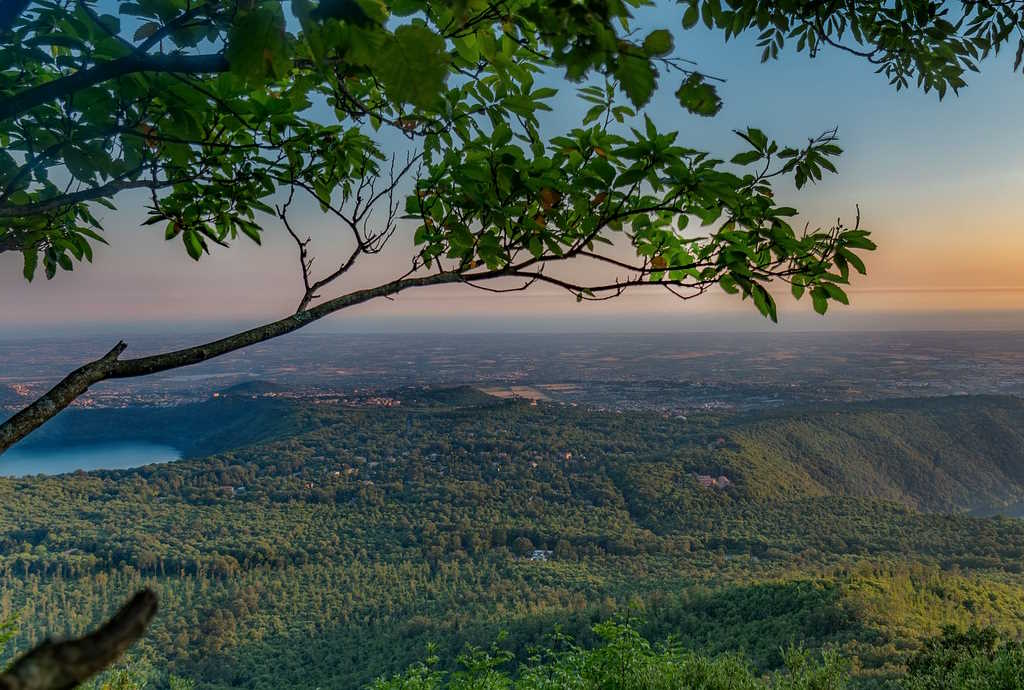Eating in Rome!
Eating like a God in Rome, Roman food’s survival guide!
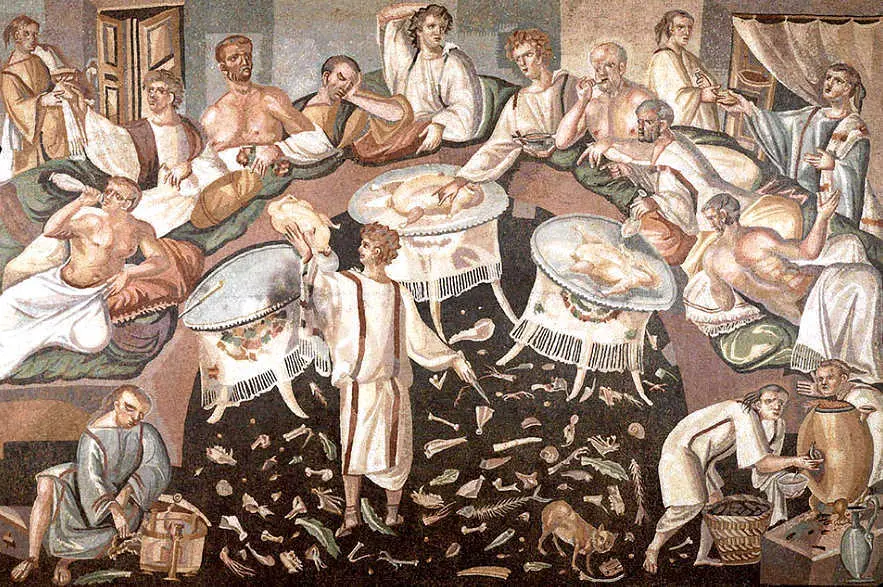
Eating in Rome
“Please, recommend us a good restaurant!”it’s the most common demand made by our guests visiting the Eternal city.
Actually, eating in Rome could prove to be a unique experience, or a catastrophe. How to properly orient oneself in the multitude of messages that attack us from websites, apps, guides, newspapers, posters, flyers…? How not to get caught up inside the famous “restaurants for tourists”? Impressive restaurant or trattoria names want to influence our choice with humor and sounds – and it often works – even before we taste something.
So, here’s “Vecchia Roma” (Ancient Rome), “Al Cardinale”, “Ar Cuppolone”, “Er Gricio” (the Greek), “Er cassamortaro” (the funeral home operator), “Li Sette Colli” (Seven Hills), “I due ladroni” (the two thieves crucified with Christ), “Nerone ar Colosseo”…
This concerns at least all that restaurant with a strong connection with the traditional Roman cuisine, known as “cucina romanesca”, where even the names of the recipes sometimes suffer from a certain truculent, popular, picturesque and irreverent taste: rigatoni alla burina (farmer’s pasta), the cazzimperio (imperial penis); pasta alla puttanesca (hooker’s pasta), the cazzetti d’Angelo (angel’s penis)… You know, going out to eat in Rome is a significant experience, it’s an authentic feast, a moment of socializing, whose charm is difficult to escape, where not only food is important, but also being good together with others, laughing, listening, amplifying the pleasure of food talking about food and business …
But nowadays, what is the “casereccia” (homemade) Roman cuisine? It’s made of typical dishes often prepared with humble products but with a strong flavor, which are of popular origin, giblets, pajata, sweetbreads, entrails, lambs, tripe, coratella, coda alla vaccinara, pecorino cheese, rigatoni, carbonara, Jewish artichokes (fries), puntarelle, tonnarelli pecorino cheese and pepper… in other words, “we eat big time!”.
Where to enjoy Roman cuisine – trendy places
The Roman culinary tradition boasts ancient origins and a sometimes mythical richness and variety: starting with the banquets of Trimalcione in the Satyricon by Petronio Arbitro, until the recipes of Apicius in its De re coquinaria, passing through the Jewish community present in Rome before the birth of Christ , or through the uses of the Italic peoples with their poor cuisine based on sheep farming, cultivation and fishing. Without forgetting the Etruscans, the medieval dining halls, the products coming from the New Continent, the Baroque, the Papacy, the innovations due to the various invasions…
Quartiere Monti (Monti neighborhood)
Let’s start our short guide with the first Rione of Rome, Monti, a neighborhood in continuous transformation that at the same time is able to keep intact a certain atmosphere that only Rome knows how to give. Quartiere Monti is full of trattorias, trendy bars, pizzerias, street foods, fresh pasta, lasagne – and countless kebab shops. Monti attracts thousands of people every day who flood into alleys, squares and venues for aperitifs, brunches, happy hours, or a dinner with friends. Most of them want to taste the real Roman cuisine: among the many offers we have selected for you the trattoria XXX.
Here you can experience the authentic popular cuisine without spending big bucks.
The Jewish Ghetto
The first Jewish ghetto in the world is the Venice ghetto. Forty years after its birth, on 12 July 1555, Pope Paul IV ordered the establishment of the Jewish ghetto in Rome, the “menagerie of the Jews”, next to the theater of Marcellus. Nowadays, in Rome, the Ghetto is also synonymous with Kosher cuisine, the traditional Jewish cuisine made of fish broth, cod, stuffed fish, Jewish artichokes (fries), traditional Jewish-Roman desserts… here too there’s a wide choice.
Testaccio
For a “great binge” in a perfect Roman style there is no doubt: the Testaccio neighborhood is the best option! It takes its name from Monte Testaccio, an artificial hill formed by the accumulation of earthenware vases, known as “testae”. But it is, above all, tied to the Roman culinary tradition due to the Mattatoio (a slaughterhouse) in operation until the ’50. In Testaccio there are countless local “magnerecci” (for eating) that offer Roman cuisine recipes: such as rigatoni with pajata sauce, the coda alla vaccinara, the bucatini alla gricia, the coratella with artichokes, the tripe alla romana, the Roman artichokes…
Let’s try to book a table at the xxx restaurant: you will leave full and satisfied, and with an extra point in your food and wine culture, the expense xxx
Of course, there are all kinds of places in Rome: specialized, refined, traditional, innovative, trendy, in museums, in luxurious terraces with star-rated chefs attentive to raw materials… and practically all ethnic groups are represented: French, Japanese, Filipino, North Koreans, Tex-Mex, Arabs, Argentines, Brazilians, Africans, Russians, Hawaiians…
And what about the “experiments” that try to rework ancient Roman recipes based on expert advice, often from archaeologists (!), for a “scientific” result: but one question arises, how is it possible to faithfully reproduce something like the “garum” (sauce based on rotten fish used in ancient Rome)?
Argiletumtour selects for you the best places, starting with the typical Roman restaurant, until the new trends, oriental and international cuisine or organic one, vegan cuisine, brunches with all Italian-style flavors!
Translation by Eleonora Mucci
Glossary
Trattoria: the trattorias are traditionally family owned, casual, restaurants found throughout all of Italy that serve fresh, conventional local food.
Cucina romanesca: Italian way to name the Roman cuisine
Cazzimperio: also named pinzimonio, a raw sauce made with olive oil, salt and pepper, in which raw vegetables such as celery, carrots, can be entered
Pajata: is the term for the intestines of an unweaned calf
Coratella: lamb entrails in strings, typical of the Easter period
Coda alla vaccinara: beef’s tail stewed with tomatoes and vegetables
Puntarelle: is a variant of chicory
Rione: typical neighborhood in Rome
Bucatini alla gricia: is a type of pasta that is shaped like a long, narrow tube and resembles thick seasoned with pecorino cheese and bacon
Tenetevi aggiornati!
FOOD AND WINE ITINERARIES
-
Private Wine Tour with Cooking Class and Lunch
City Tours of Rome 422,00€ – 595,00€Wine Tour with a Cooking Class and Lunch at a Wine Resort in the Castelli Romani area, Private Tour.
Frascati - Rome | Wine Tasting | By de luxe car | 6 hours
Add to Cart This product has multiple variants. The options may be chosen on the product page
Create Your Own Italian Travel Experience
Contact us to customize a tour
We will get back to you shortly!
travel magazine

Trip to Puglia, a land to discover
Puglia is truly a land to discover, a hidden treasure in the heart of the Mediterranean. With its temperate climate and four distinct seasons, this region offers a unique tourist experience throughout the year

Entrance to the Vatican Museums and Sistine Chapel 2024 and 2025
The Vatican Museums and Sistine Chapel are about to introduce significant changes to their visiting schedule to optimize the use of their collections and provide a more inclusive experience for visitors, leading up to the Jubilee of 2025 in Rome. These changes will take effect on January 1st, 2024.

Italy: unconventional experiences for adventurous travellers
Italy is a country that offers a wide range of original and extreme experiences for the most adventurous travelers. Whether it’s exploring the depths of the sea, climbing imposing mountains, or immersing oneself in the rich culinary tradition of the country, there is something for everyone looking for authentic and unique thrills. Italy invites travelers to push their limits, discover new horizons, and live an experience that will remain imprinted in their memory.

The pilgrimage in Italy
The tradition of pilgrimages in Italy is an integral part of the social, cultural, and religious fabric of the country. Throughout centuries of history, this practice has shaped individual and collective identities, enriching the spiritual and cultural life of those who undertake the journey. Pilgrimage remains a meaningful experience, reflecting mankind’s search for meaning and connection, and a link between the past, present, and future.
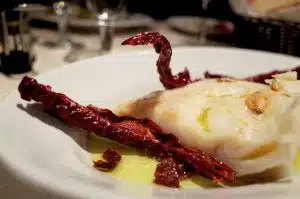
The 5 most loved Italian dishes in the world
Italy, the birthplace of gastronomy, is universally recognized for its rich and diverse cuisine that reflects centuries of culinary traditions passed down from generation to generation. While not everyone can afford to enjoy Italian dishes in a Michelin-starred restaurant, it is possible to experience the magic of Italian cuisine by preparing some of the most beloved dishes directly at home. Here are the five most loved Italian dishes in the world, along with their recipes and secrets for successfully replicating them in your own kitchen
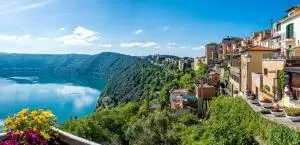
The Roman Castles, “invisible castles”
The Roman Castles, also known as the “invisible castles”, are historical places located near Rome, famous for their scenic beauty and gourmet food and wine tradition. Despite their rich history and natural attractions, these places often go unnoticed due to Rome’s extraordinary artistic wealth.
The very birth of Rome is linked to the events of Alba Longa, probably the current Castel Gandolfo, founded by Ascanio, son of Aeneas and Creusa in 1230 BC.
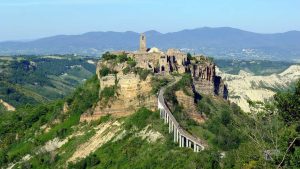
Civita di Bagnoregio, Caprarola, Bomarzo – DISCOVERING HIDDEN TREASURES OF ITALY
Italy is a country rich in hidden treasures and captivating destinations where history, art, and natural beauty come together in a unique and unforgettable experience. Among the lesser-known yet equally fascinating gems, Civita di Bagnoregio, Caprarola, and Bomarzo stand out. Let’s discover what makes these places so special.
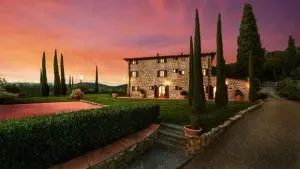
Wonders of Tuscany: a journey through Art, History and Food and Wine
Located in the heart of Italy, Tuscany is a true treasure to discover. Lush hills, luxurious vineyards, picturesque rural landscapes, historic villas, enchanting medieval cities and an atmosphere of refined timeless beauty have won the hearts of visitors from all over the world.

The Domus Aurea: a hidden masterpiece of Ancient Rome
Built by Emperor Nero in the 1st century AD, the Domus Aurea in Rome is an extraordinary monument that stands as a tangible symbol of the luxury and grandeur of ancient Roman civilization

Guide of Milan for Newbies
Our Quick Guide to Milan for Beginners will accompany you in discovering the treasures of this fascinating and hectic metropolis, providing you with essential information on the main attractions.

Milan: A food and wine experience not to be missed
Milan is much more than a fashion capital; it is also a top culinary destination. With its traditional cuisine, cosmopolitan culinary scene, food markets, and innovation, the city offers a complete eno-gastronomic experience.

Roman coast: a journey through history, sea and unique atmospheres
Discovering the Roman Coastline: A Journey through History, Sea, and Unique Atmospheres by Sarah Strol illustration by franco rea Roman

A Story of Rome
TRAVELS IN SPACETIME A Story of Rome It was a sweltering day in July, with the sun beating down on

Discovering Rome’s “Hidden Treasures”
Discovering the “hidden treasures” of Rome Welcome to a fascinating journey through a less frequented Rome, different from the usual
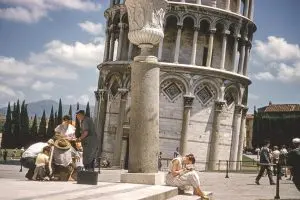
My Daily Excursions from Rome
“I am always looking for unforgettable experiences, and when I arrived in Rome, I was advised to participate in daily group or private excursions.”
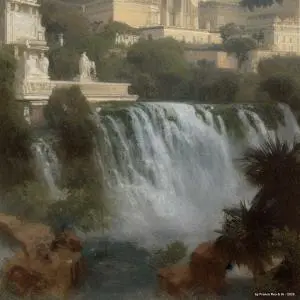
Impossible Rome
a gallery of images to you, created using artificial intelligence on the theme of “Impossible Rome”
